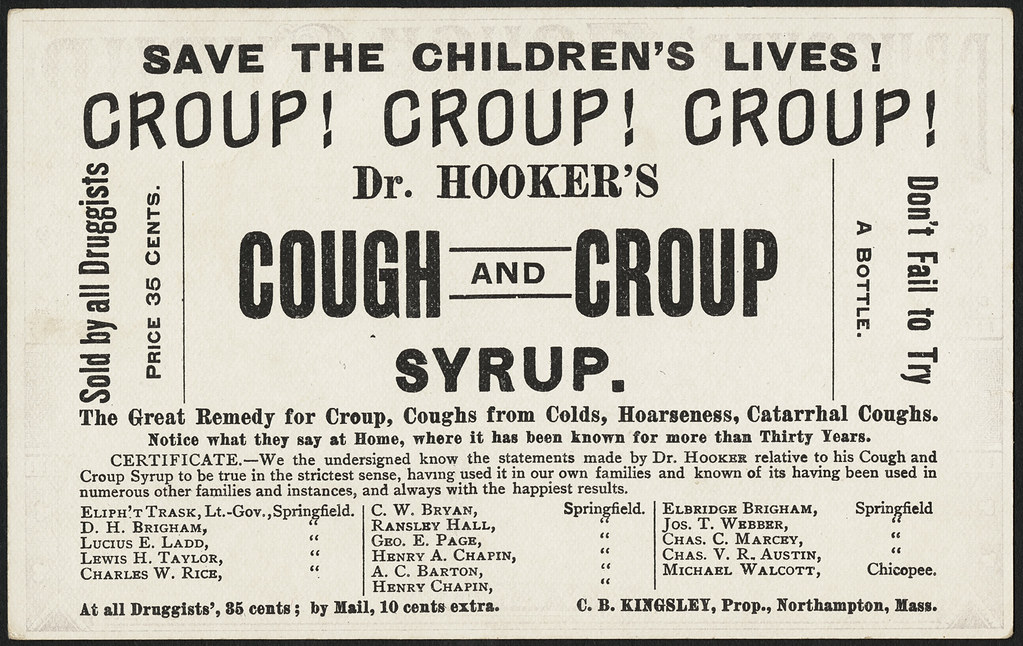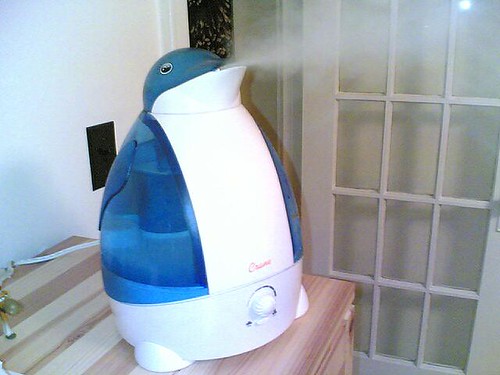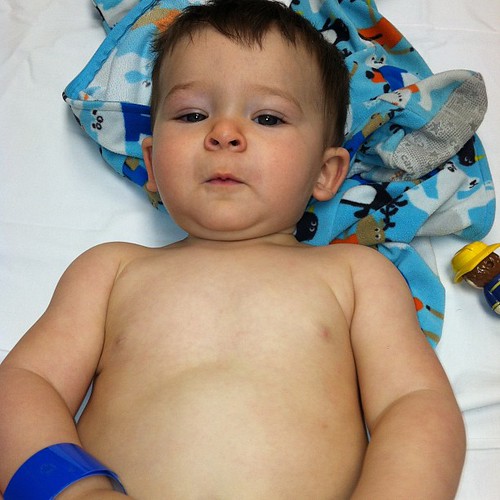“Dealing with Croup: Causes and Treatment” is a comprehensive article focused on children’s health. Offering a range of information on various health topics related to children, it covers an extensive list including anxiety, asthma, bedwetting, chickenpox, conjunctivitis, constipation, coughs and colds, croup, dental care, vomiting, fever, food allergies, foot care, hand, foot and mouth disease, head lice, healthy eating, hydration, immunization, impetigo, looking after a sick child, measles, medicines, meningitis, mental health problems, mumps, personal hygiene, physical activity, rubella, safe exercise, creating a safe sports environment, scabies, school exclusion for health reasons, sleep tips, speech development, life skills through sports, threadworms, whooping cough, obesity, and attention deficit hyperactivity disorder (ADHD). Additionally, the article provides a symptom checker and a health service finder tool to assist readers in finding suitable resources for their child’s specific needs.
Dealing with Croup: Causes and Treatment
Croup is a common childhood respiratory condition that can cause a bark-like cough and difficulty breathing. Understanding the causes, symptoms, and treatment options for croup is important for parents and caregivers in order to provide appropriate care and manage the condition effectively. This article will provide a comprehensive overview of croup, including its causes, symptoms, diagnosis, prevention, home remedies, medical treatments, managing croup at home, when to seek medical help, and potential complications.
Overview of Croup
Croup is a respiratory condition that primarily affects children, most commonly between the ages of six months and three years. It is characterized by inflammation of the upper airway, including the vocal cords, windpipe, and bronchi. This inflammation leads to the classic symptoms of croup, such as a hoarse voice, a barking cough, and difficulty breathing.
Croup is most prevalent during the fall and winter months, often peaking in late autumn. The condition is typically caused by viral infections, with the two most common viruses being parainfluenza virus and respiratory syncytial virus (RSV).
Croup is highly contagious and can easily spread from person to person through respiratory droplets. This means that children can contract croup by coming into close contact with an infected individual, especially in crowded places or daycare settings.

Causes of Croup
Croup can have various causes, including viral infections, bacterial infections, and allergic reactions. Understanding the different causes can help parents and caregivers identify potential risk factors and take appropriate preventive measures.
Viral Causes of Croup: The majority of croup cases are caused by viral infections, particularly parainfluenza virus and RSV. Other respiratory viruses, such as influenza and adenovirus, can also lead to croup.
Bacterial Causes of Croup: While less common, bacterial infections can also cause croup. Bacterial tracheitis is a severe form of croup that is typically caused by bacterial superinfection following a viral illness. This form of croup requires immediate medical attention.
Allergic Causes of Croup: In some cases, croup can be triggered by an allergic reaction. Exposure to allergens, such as dust mites, pet dander, or certain foods, can cause swelling and inflammation in the airways, leading to croup symptoms.
Risk Factors for Croup: Certain factors can increase the risk of developing croup. These include a history of croup in the family, exposure to tobacco smoke, attending daycare or school, and having a weakened immune system.
Symptoms of Croup
Recognizing the symptoms of croup is crucial for early detection and appropriate management of the condition. Croup symptoms can range from mild to severe, with the severity often depending on the underlying cause and individual factors.
Common Symptoms of Croup: The most common symptoms of croup include a harsh, barking cough that often worsens at night, hoarseness or a raspy voice, and a low-grade fever. Children with croup may also have a runny nose, a sore throat, and mild to moderate difficulty breathing.
Severe Symptoms of Croup: In some cases, croup can progress to more severe symptoms. These may include rapid breathing, retractions (when the skin between the ribs and around the neck pulls in with each breath), cyanosis (a bluish tint to the skin), and extreme difficulty breathing.
Difference between Croup and Other Respiratory Infections: It is important to note that croup is different from other respiratory infections, such as the common cold or bronchitis. While these conditions may also cause coughing and difficulty breathing, croup is characterized by its distinct barking cough and the presence of stridor, a high-pitched wheezing sound that occurs when inhaling.
Diagnosing Croup
Diagnosing croup typically involves a combination of physical examination, medical history review, and, in some cases, additional tests. Healthcare professionals, such as pediatricians or emergency room doctors, can assess the child’s symptoms and make an accurate diagnosis.
Physical Examination: During a physical examination, the healthcare provider will listen to the child’s breathing and evaluate their overall condition. They will pay close attention to the characteristic cough and stridor, as well as any signs of respiratory distress.
Medical History: The healthcare provider will also inquire about the child’s medical history, including any recent illnesses, exposure to respiratory infections, and previous episodes of croup. This information can help determine the underlying cause and guide treatment decisions.
Additional Tests for Croup Diagnosis: In some cases, additional tests may be necessary to confirm a croup diagnosis or rule out other conditions. These tests may include a throat swab to check for the presence of bacteria, a chest X-ray to evaluate the airways and lungs, or blood tests to assess the child’s immune response and rule out other potential causes.
Preventing Croup
While it may not be possible to completely prevent croup, there are measures that can be taken to reduce the risk of infection and minimize the severity of symptoms. Implementing preventive strategies is particularly important for individuals at higher risk, such as young children and those with compromised immune systems.
Preventive Measures for Croup: Practicing good hygiene, such as frequent handwashing with soap and water, can help prevent the spread of viruses that cause croup. Covering the mouth and nose when coughing or sneezing, using tissues or the crook of the elbow, can also help reduce transmission.
Importance of Hand Hygiene: Hand hygiene is a simple yet effective preventive measure for croup. Encouraging children to wash their hands regularly, especially after using the restroom or before eating, can help minimize their exposure to respiratory viruses and reduce the risk of croup.
Avoiding Crowded Places during Seasonal Outbreaks: During periods when croup is known to be more prevalent, such as the fall and winter seasons, it is advisable to avoid crowded places whenever possible. This can help reduce the risk of exposure to infected individuals and minimize the chances of contracting croup.

Home Remedies for Croup
When a child develops croup, there are several home remedies that can provide relief and support their recovery. These remedies are often aimed at reducing inflammation, soothing the airways, and alleviating symptoms.
Steam Treatment: Steam treatment involves creating a humid environment to help ease breathing and loosen mucus in the airways. This can be done by running a hot shower and allowing the child to sit in the bathroom while the steam accumulates.
Humidifiers and Vaporizers: Using a cool mist humidifier or a vaporizer in the child’s room can also help add moisture to the air and improve breathing. These devices should be cleaned regularly to prevent the growth of mold or bacteria.
Fluid Intake: Ensuring that the child stays hydrated is essential for managing croup. Encouraging them to drink fluids, such as water, clear soups, or warm beverages, can help soothe their throat and prevent dehydration.
Nebulizer Treatments: In some cases, healthcare providers may recommend using a nebulizer to administer medications that help open the airways and reduce inflammation. This can provide immediate relief and improve breathing.
Sitting Upright: Keeping the child in an upright position, either by elevating the head of the bed or allowing them to sit in a supportive chair, can help alleviate symptoms and make breathing easier.
Calming Techniques: Croup symptoms can be distressing for children, causing anxiety and discomfort. Using calming techniques, such as gentle massages, soft music, or reading a favorite book, can help soothe the child and reduce their overall distress.

Medical Treatment for Croup
In some cases, medical treatment may be necessary to manage croup effectively. Healthcare providers may recommend certain medications or interventions to reduce inflammation, improve breathing, and prevent complications.
Medications for Croup: In mild to moderate cases of croup, over-the-counter pain relievers, such as acetaminophen or ibuprofen, can help relieve fever and discomfort. However, it is essential to follow the recommended dosage and guidelines provided by a healthcare professional.
Nebulized Epinephrine: Nebulized epinephrine is a medication that can be administered via a nebulizer to reduce airway inflammation and improve breathing. This treatment is typically used in more severe cases of croup, such as those accompanied by significant difficulty breathing.
Oral or Intravenous Steroids: In certain cases, healthcare providers may prescribe oral or intravenous steroids to reduce airway inflammation and swelling. These medications can help alleviate symptoms and improve breathing.
Hospitalization in Severe Cases: In rare instances, croup can become severe and require hospitalization. This is usually the case when a child develops severe respiratory distress, difficulty breathing, or signs of dehydration. In the hospital, healthcare professionals can closely monitor the child’s condition and provide necessary treatments and interventions.
Usage of Oxygen: In severe cases of croup, supplemental oxygen may be required to ensure adequate oxygenation and relieve respiratory distress. Oxygen therapy can be administered in a hospital setting by healthcare professionals who will monitor the child’s oxygen levels closely.

Managing Croup at Home
For children with mild to moderate croup who do not require hospitalization, managing the condition at home is possible with proper care and monitoring. The following strategies can help alleviate symptoms and facilitate the child’s recovery.
Comforting the Child: Providing comfort and reassurance to the child can help alleviate anxiety and distress. Offering soothing activities, such as gentle touch or singing lullabies, can help calm the child and make them feel more at ease.
Tips for Easing Breathing: In addition to the home remedy strategies mentioned earlier, there are additional techniques that can help ease breathing during a croup episode. These include keeping the child in a cool and well-humidified environment, avoiding exposure to irritants such as smoke or strong odors, and using a cool mist vaporizer in their room.
Dietary Considerations: Ensuring that the child receives a balanced diet and adequate fluid intake is crucial for their overall well-being and recovery. Offering soft and easily digestible foods, such as soups, yogurt, or mashed fruits, can be helpful during episodes of croup.
Monitoring Symptoms: It is essential to closely monitor the child’s symptoms and overall condition during an episode of croup. If symptoms worsen or the child’s breathing becomes more labored, it may be necessary to seek medical help.
When to Seek Medical Help
While most cases of croup can be managed at home with supportive care, there are instances when medical attention is necessary. It is important for parents and caregivers to be aware of the signs that indicate a need for immediate medical help.
Severe Difficulty Breathing: If the child’s breathing becomes significantly compromised, characterized by rapid breathing, visible retractions, or cyanosis, it is crucial to seek immediate medical attention. These are signs of severe respiratory distress that require urgent intervention.
Dehydration: If the child shows signs of dehydration, such as decreased urine output, dry mouth, or sunken eyes, it is important to seek medical help. Dehydration can occur if the child’s fluid intake is inadequate or if they have been experiencing excessive sweating due to a high fever.
Persistent Symptoms: If the child’s symptoms persist or worsen despite home remedies and supportive care, it is advisable to consult a healthcare professional. They can assess the child’s condition and provide appropriate treatment recommendations.

Complications of Croup
While most cases of croup resolve on their own within a week, there is a potential for complications to arise, particularly in severe cases or if the condition is not properly managed. Understanding the potential complications can help parents and caregivers be vigilant and seek appropriate medical care if necessary.
Possible Complications: In some cases, croup can lead to complications such as pneumonia or respiratory failure. These complications are more likely to occur in severe cases or in individuals with underlying health conditions.
Long-term Effects of Croup: In the majority of cases, croup does not have long-term effects or complications. However, recurrent episodes of croup can potentially impact a child’s quality of life and may require regular medical monitoring and management.
Preventing Complications: By promptly seeking medical attention when necessary, adhering to recommended treatments, and following preventive measures, the risk of complications can be minimized. Additionally, it is important to discuss any concerns or questions with healthcare professionals who can provide guidance and support.
In conclusion, croup is a common respiratory condition that primarily affects children. Understanding the causes, symptoms, and treatment options for croup can help parents and caregivers provide appropriate care and manage the condition effectively. By implementing preventive measures, using home remedies, seeking medical help when necessary, and being vigilant for potential complications, children with croup can receive the necessary support and treatment for a safe and speedy recovery.

